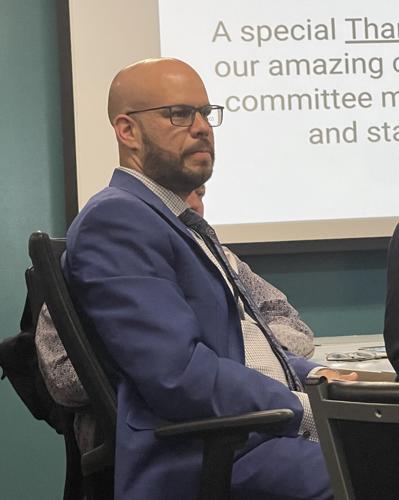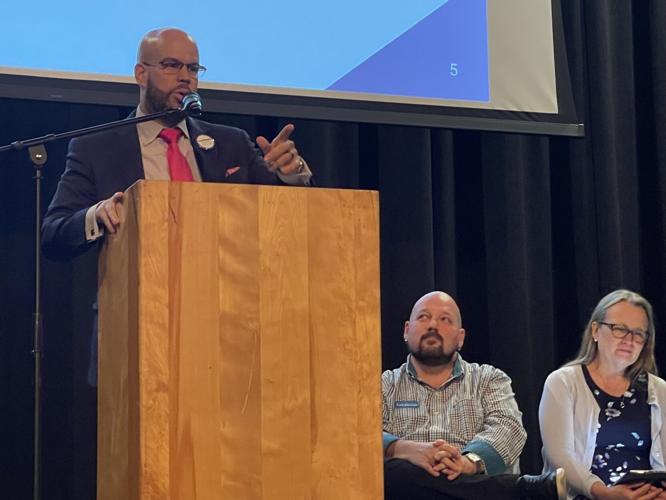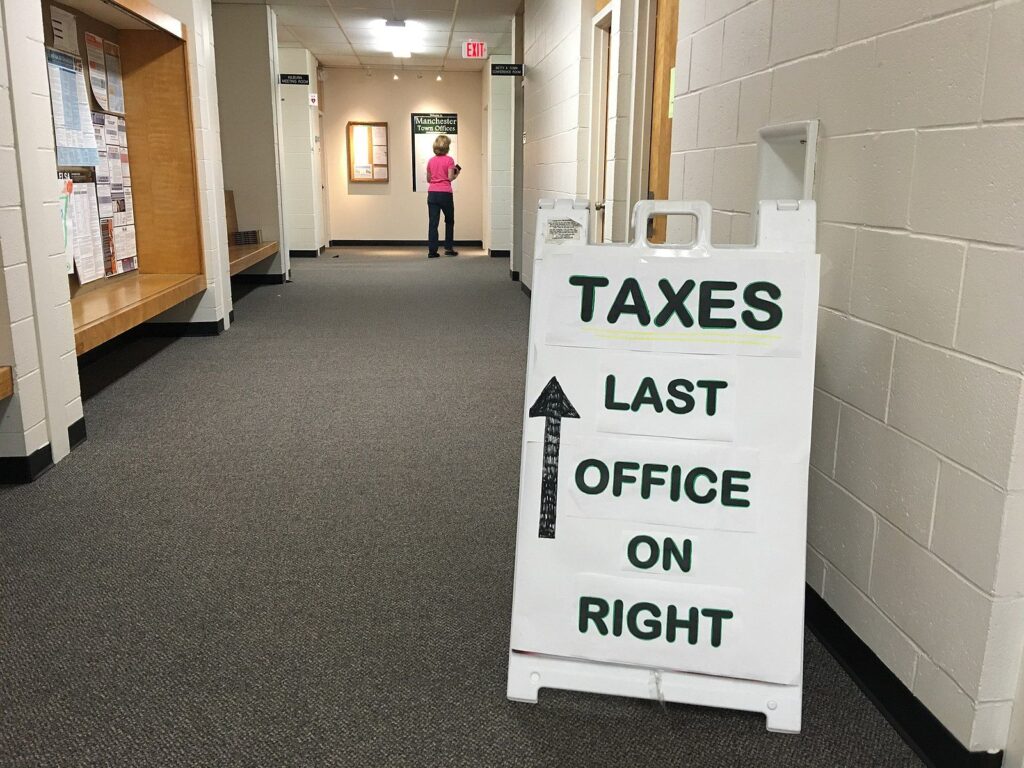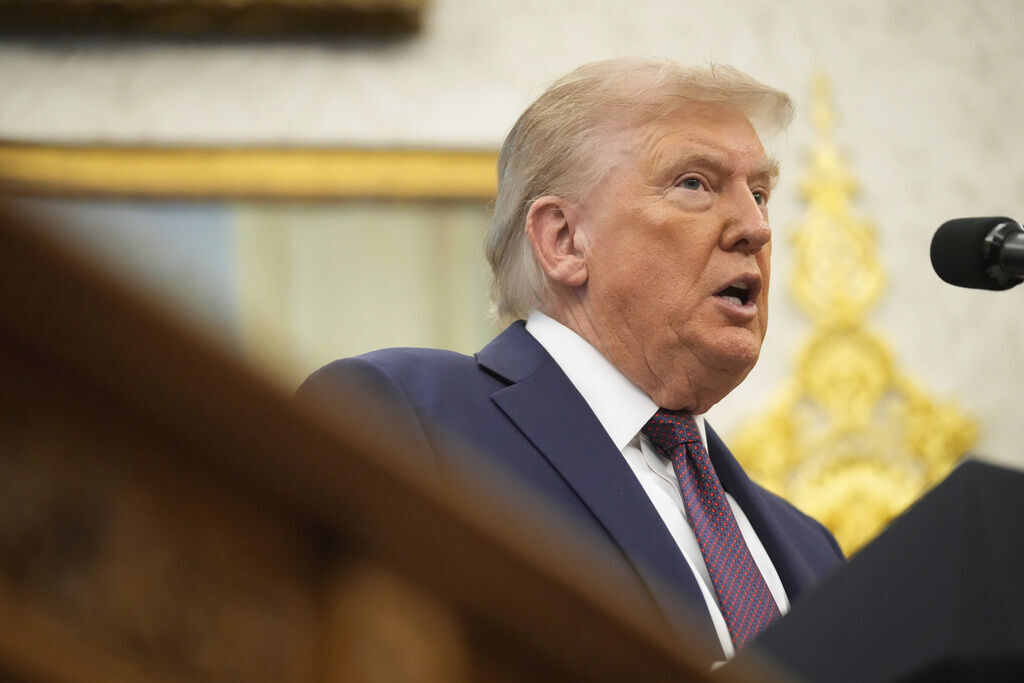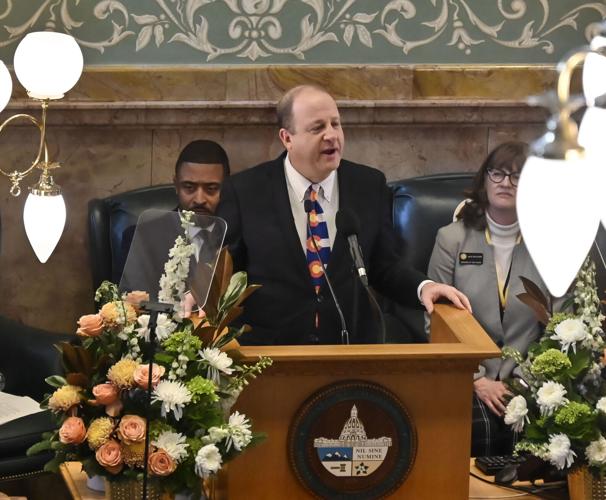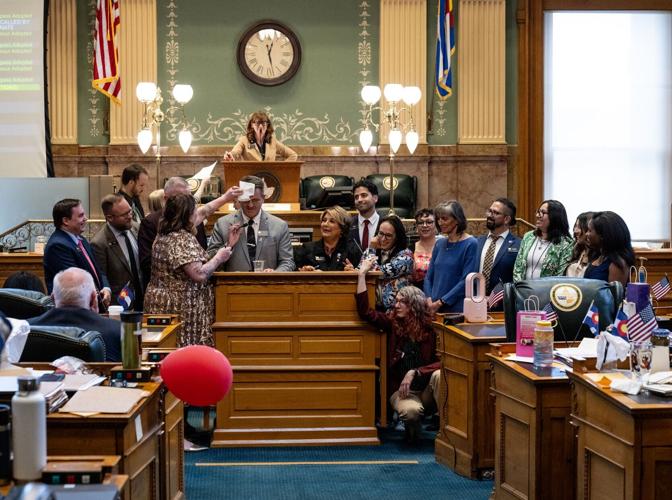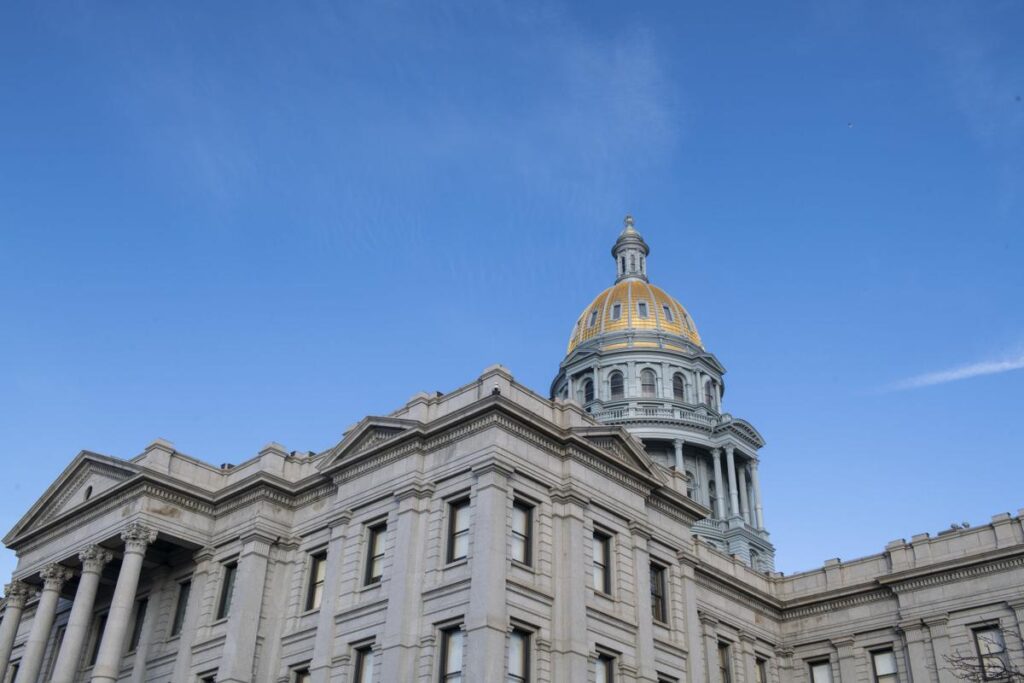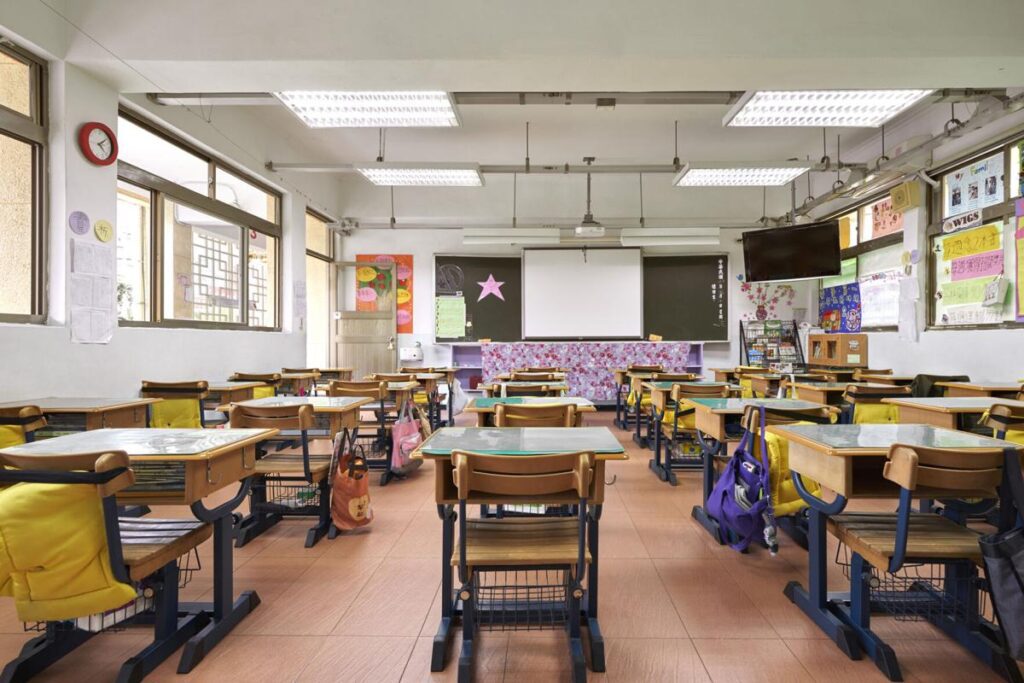Denver school board approves $1.4 billion budget
The Denver Public Schools Board of Education on Thursday unanimously approved, without discussion, a nearly $1.5 billion budget for the upcoming school year.
The hike of $73 million represents a roughly 5% increase over general fund spending for this fiscal year, which ends June 30.
This year’s general fund spending was roughly $1.3 billion.
Staff estimated, in a report, that district spending this academic year will actually be less than projected, largely because of vacant positions and the additional state funding for immigrant students who are new to the system, many of whom came with families who crossed the border illegally.
The district, this year alone, saw more than 4,000 new immigrant students, according to an update given to board members on Thursday.
Any adjustments to the 2024-25 budget will be done in January as part of the amended budget process.
Despite the increased spending, school leaders across the district earlier this year were staring down deficits when budgeting for the upcoming school year that led to staff layoffs.
Teachers accounted for roughly two-thirds of the staff reductions.
Notwithstanding the need for teachers, roughly 43% were rehired for next school year, according to district data obtained in a CORA request.
The teacher cuts prompted student walkouts, at least two grievances filed with the teachers’ union and one budget do over.
During a budget process for next school year that began in January, parents had argued that, if declining student enrollment demands fewer teachers, it should also require fewer administrators. School leaders in January laid off 300 teachers and just four principals and assistant principals.
‘Revenue is going to start dropping’
In the last three budget cycles, which includes the one for next academic year, principals have laid off 917 teachers and hired back 560 — or 61% — in alternative positions.
The problem is that the demand for teachers doesn’t always match the need a campus may have for an educator with a certain subject expertise or on a specific side of town.
During a board work session last month, district staff painted a sobering financial picture — driven by declining enrollment — in the years to come.
Because of something called “smoothing,” the district hasn’t really begun to feel the economic pinch.
“Smoothing” involves the state averaging the student population — for districts with declining enrollment — from the five previous school years to determine the funding allocation. Higher enrollment numbers in previous years means DPS has received more funding than the actual number of students during what’s informally called “the October count.”
Consider this school year: DPS had 83,222 students for the count in October. But the state actually funded DPS for 84,848 students, which is a five-year average. This “smoothing” — Carpenter said — resulted in the district receiving about $20 million more for students not actually enrolled in DPS.
“As our enrollment goes down and levels outs, we will be in a situation where we have the same number of kids, but our revenue is going to start dropping,” Chuck Carpenter, the district’s chief financial officer, has said.
To combat this, the district has closed seven schools — three alone last year — since 2020.
Enrollment is a critical issue for school districts because it’s tied to funding.
The district’s enrollment has been falling since hitting a peak of 93,815 in 2019. In the October count last fall, the district saw 88,235 students enroll — a 6% decline over the past five academic years.
Enrollment in the district’s elementary schools — which can be an indicator of future trends — has been dropping for the past decade.
The district expects its K-12 enrollment to continue to slip, despite the influx of immigrant students who have temporarily buoyed enrollment.
Colorado Law requires school districts to adopt their budget for the next fiscal year by June 30th.
The billion dollar question
The board of education also received an overview of a recommended nearly $1 billion bond measure that would be before voters in November.
The board during an extended meeting Thursday also heard a presentation on the Community Planning Advisory Committee’s recommended $1 billion bond measure. Unveiled last month, voters could see the proposed $975 million bond package in November.
Staff had identified $2.3 billion in needs.
The board is expected to vote on the measure in August.
With a bond package, the revenue generated is used for infrastructure projects, such as new school construction or major repairs and upgrades, Scott Pribble, a DPS spokesperson said.
The bonds will be paid back over 25 years, Carpenter said.
“This is really a community lead package,” Carpenter said.
The bond proposal includes more than $200 million to give air conditioning and cooling upgrades to 29 schools.
The proposed $975 million bond will represent — if approved by the board — the largest package put before voters.
Voters have approved $2.3 billion in ballot measures in the past four presidential elections.
Colorado schools are funded by the state’s general fund and through local property taxes.
‘Roots of standardized testing’
The board also received a policy governance presentation on guardrails for Superintendent Alex Marrero and his team when recommending school consolidations and closures.
The policy appears to represent a shift away from using low enrollment to rationalize closing a school, which was done when shuttering three schools last year.
In addition to not relying on enrollment minimums, the policy would ensure the superintendent does not use standardized test scores as a primary condition for school closure.
The superintendent should also present recommendations to the board before Oct. 31 for the following school year, the policy states.
While clear on what a superintendent shouldn’t so when recommending a school’s closure, the new guidelines are not as clear about the criteria that should be used.


